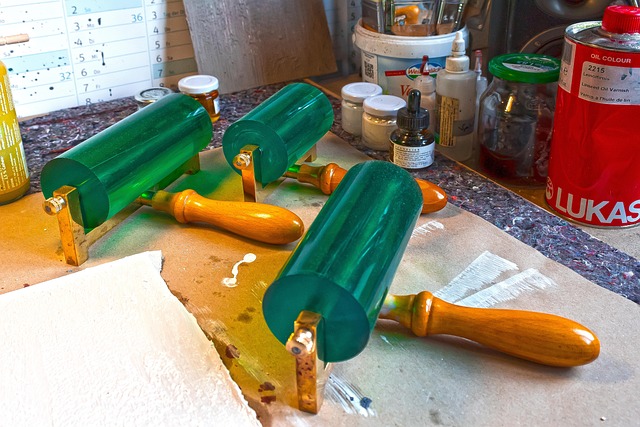When it comes to handcraft painting, one of the most distinguishing factors is the application of paint. Achieving thinner paint layers can enhance the texture and depth of your artwork, adding a new dimension to your creative projects. Whether you’re painting on canvas, wood, or fabric, mastering the art of thin layers can elevate your pieces to a professional level.
One effective DIY tip for creating thinner paint layers is to use the right tools. Opt for high-quality brushes with fine bristles that allow for delicate strokes and precise applications. Similarly, consider using a palette knife for spreading paint. This technique not only gives more control but also prevents excess paint from being applied, leading to those desired thin layers.
Another important factor is the consistency of your paint. Incorporating a medium can dilute your paints, allowing you to achieve a more fluid consistency without sacrificing color vibrancy. Acrylic mediums, for example, can help maintain the paint’s appearance while making it easier to apply in thinner layers. Experimenting with various mediums can open up a world of creative possibilities.
It’s also vital to understand your painting surface. Different materials absorb paint differently, which can affect how thinly you can layer your colors. For instance, primed canvases have a unique texture compared to unprimed ones, so always experiment with samples before committing to a larger project. This way, you can find the perfect balance between achieving that thinner layer and maintaining the richness of your hues.
Layering is key in handcraft painting. Start by applying a base layer that’s diluted and allow it to dry completely before adding subsequent layers. This technique will help to build depth while keeping each layer thin. Always remember that patience is crucial in the DIY process. Allow each layer to dry fully to avoid mixing colors, which can create unwanted muddiness.
Additionally, you can incorporate washes and glazes into your technique. A wash is essentially a very diluted layer of paint that can be spread across your canvas for a translucent effect, allowing underlying colors to shine through. This method not only contributes to a thinner appearance but also adds complexity to your work, enriching the visual experience.
Lastly, never underestimate the power of practice. The more you experiment with your application techniques and materials, the closer you’ll get to mastering thinner paint layers. Don’t shy away from trying altogether new methods or styles—embracing different approaches can spark creativity in ways you never expected.
In conclusion, creating thinner paint layers through DIY methods allows artists to express their unique styles while enhancing the overall quality of their projects. With the right tools, materials, and techniques, you can take your handcraft painting to impressive new heights. So, dive into your next creative endeavor with an open mind and a desire to explore the art of thinner layers!
